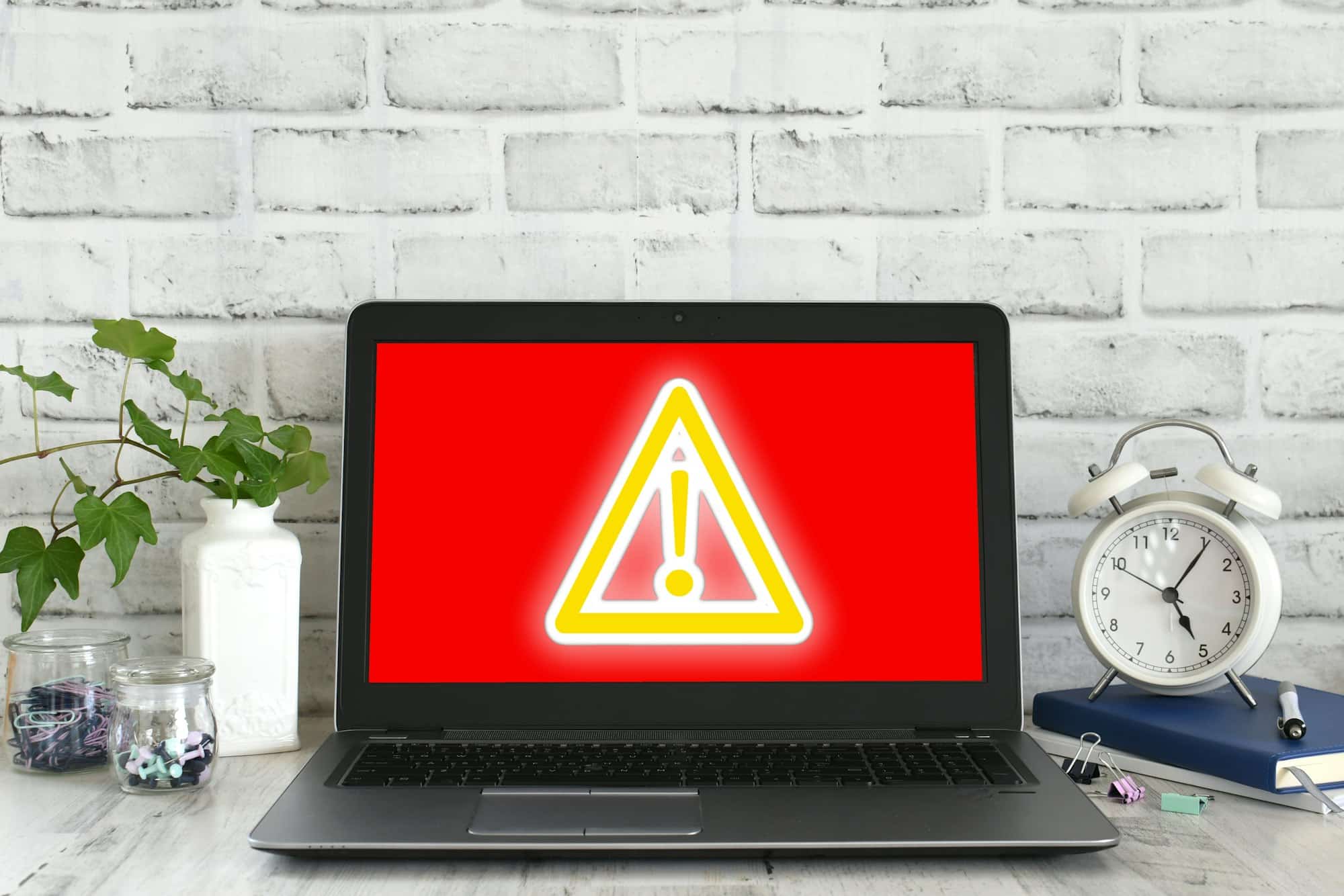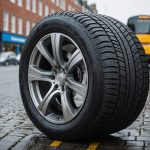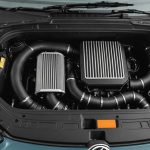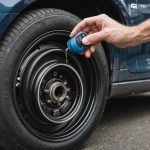Installing a child booster seat in your SUV isn’t just a matter of convenience—it’s a vital step in ensuring your child's safety on the road. With various seat styles and SUV designs, navigating the installation can be daunting. This guide breaks down the process into manageable steps, providing practical tips and insights. By understanding the key factors involved, you can create a secure environment for your little one and drive with peace of mind.
Importance of Proper Installation
Ensuring the correct installation of a child booster seat is paramount for safety. Statistics indicate that when booster seats are installed improperly, the risk of injury in a collision significantly increases. This underscores the safety importance of meticulous installation procedures.
Also to see : Mastering Side Mirror Adjustments: Eliminate Blind Spots in Your Hatchback for Safer Driving
Child booster seat installation is not just about placing the seat in the vehicle; it involves securing it in a way that maximizes protection. Proper installation ensures that the seatbelt fits the child correctly, reducing the possibility of injury. A poorly installed seat can lead to the seatbelt positioning incorrectly, which can cause serious harm in the event of an accident.
For those with SUVs, there are specific considerations to keep in mind. While SUVs often offer more space, which can be advantageous for accommodating booster seats, they also present unique challenges. The elevated seating positions and varied seat designs may require additional adjustments to ensure the booster seat is securely fastened. It's crucial to follow the vehicle's manual and the booster seat's instructions to address these SUV-specific challenges effectively.
Also read : Mastering Spark Plug Replacement: A Safe Guide for Cars with Tight Engine Bays
By understanding and addressing these factors, parents and guardians can significantly enhance the safety of their children while traveling. Proper installation is not just a recommendation; it is a necessity for safeguarding young passengers.
Step-by-Step Installation Guide
Installing a booster seat in an SUV requires careful attention to detail to ensure maximum safety. Follow these installation steps to secure the seat properly.
-
Position the Booster Seat: Begin by placing the booster seat in the back seat of your SUV. Ensure it sits flat on the vehicle seat and is aligned with the seatbelt buckle.
-
Secure with Seat Belt or LATCH System: Use the LATCH system if your SUV supports it. Attach the lower anchors to the LATCH connectors on the booster seat. If using a seat belt, thread it through the belt path of the booster seat, ensuring it is not twisted.
-
Tighten and Check: Pull the seat belt or LATCH strap to remove any slack. The booster seat should not move more than an inch side-to-side or front-to-back.
-
Adjust the Seatbelt: Position the seatbelt over the child's shoulder and lap. The shoulder belt should lie across the chest, not the neck, and the lap belt should sit low on the hips.
-
Final Check: Ensure all connections are secure and the booster seat is stable.
These installation steps are crucial for the safety of young passengers. Always refer to the vehicle and booster seat manuals for additional guidance specific to your model.
Types of Booster Seats
Understanding the differences between high-back and backless booster seats is essential for making an informed choice for your SUV. Each type offers distinct features that cater to varying needs and preferences.
High-Back Booster Seats
High-back booster seats provide additional support with built-in headrests and side wings. These features are particularly beneficial in SUVs, where enhanced side impact protection is advantageous. They are ideal for vehicles with low seatbacks or no headrests, offering a secure fit and added comfort for the child.
Backless Booster Seats
In contrast, backless booster seats are more compact and easier to transfer between vehicles. They are suited for SUVs with high seatbacks and built-in headrests. While they lack the side support of high-back models, they offer a practical solution for older children who require less restraint.
Features to Consider
When selecting a booster seat for an SUV, consider the seat's features such as adjustability, ease of installation, and compatibility with your vehicle's seat design. Ensure the seat fits securely and provides proper seatbelt positioning.
Recommendations
For top-rated choices, look for booster seats that combine safety with comfort and ease of use. Brands like Britax and Graco offer models praised for their reliability and user-friendly features.
Safety Tips for Parents
Ensuring child passenger safety is a top priority for parents using booster seats. Following these booster seat safety tips can help maintain the highest safety standards.
General Safety Tips
- Always ensure the booster seat is installed according to the manufacturer's instructions for optimal safety.
- Regularly inspect the seat for wear and tear. Replace it if you notice any damage or if it has been involved in an accident.
- Make sure the seatbelt fits snugly across your child's shoulder and lap. The shoulder belt should not touch the neck, and the lap belt should lie low on the hips.
Regular Checks
Conduct regular checks to ensure the booster seat is in good condition and fits your child properly. Adjust the seat as your child grows to maintain a secure fit. This practice is vital for child passenger safety.
Age and Weight Recommendations
Adhering to age and weight requirements is crucial. Generally, children should use a booster seat until they are at least 4 feet 9 inches tall and between 8 to 12 years old. These best practices ensure the seatbelt fits correctly, providing the best protection possible.
Common Installation Mistakes
When it comes to booster seat safety, avoiding installation mistakes is crucial. Many parents inadvertently make common errors that can compromise a child's safety. One frequent mistake is not securing the booster seat tightly enough. A properly installed seat should not move more than an inch in any direction. To check, grasp the seat at the base and give it a firm shake.
Another error involves incorrect seatbelt positioning. The shoulder belt should rest comfortably across the child's chest, not the neck, and the lap belt should lie flat on the hips. Misplacement can be dangerous, especially in a collision.
Parents sometimes overlook the importance of using the vehicle's seatbelt lock. Engaging the lock ensures the seatbelt remains snug, reducing the risk of movement. Additionally, failing to read both the vehicle's and booster seat's manuals can lead to improper installation.
To ensure a secure fit every time, always follow the manufacturer's instructions and perform regular checks. Adjust the booster seat as the child grows, and replace it if any damage is detected. By being vigilant and informed, parents can significantly enhance the safety of their child passengers.
Legal Requirements and Recommendations
Understanding child seat laws is crucial for ensuring the safety of young passengers. These laws vary by state, with most mandating the use of booster seats for children who have outgrown their car seats but are not yet tall enough for seat belts. Typically, children aged 4 to 8 years or under 4 feet 9 inches must use a booster seat.
To stay compliant with booster seat regulations, parents should familiarize themselves with their state's specific legal requirements. This includes knowing the age, weight, and height criteria that dictate when a child can transition from a booster seat to a regular seatbelt.
For those seeking to stay updated on legal requirements, several resources are available. The National Highway Traffic Safety Administration (NHTSA) provides comprehensive guidelines and updates on child passenger safety laws. Additionally, state Department of Motor Vehicles (DMV) websites often list current regulations and any recent changes.
By regularly checking these resources, parents can ensure they adhere to the latest safety standards, providing optimal protection for their children. Compliance not only meets legal obligations but also significantly enhances the safety of child passengers.
Additional Resources
When it comes to ensuring child passenger safety, having access to reliable resources and expert recommendations is invaluable. These resources can guide parents in making informed decisions about booster seats and overall vehicle safety for children.
Authoritative Resources
- National Highway Traffic Safety Administration (NHTSA): Offers comprehensive guidelines on child safety seats, ensuring parents have up-to-date information on best practices.
- American Academy of Pediatrics (AAP): Provides expert recommendations on the appropriate use of booster seats and child restraints.
Local Car Seat Checks and Safety Events
Participating in local car seat checks is a proactive step towards enhancing child passenger safety. These events, often hosted by community safety organizations or local police departments, allow parents to have their booster seats inspected by certified technicians. These experts ensure that seats are installed correctly and provide personalized advice.
Additional Products for Safety and Comfort
Enhancing your child's comfort and safety during travel can be achieved with products like seatbelt adjusters and protective seat covers. These items can improve the fit and longevity of booster seats, contributing to a safer travel experience. Always seek products that meet safety standards and are recommended by experts.

















